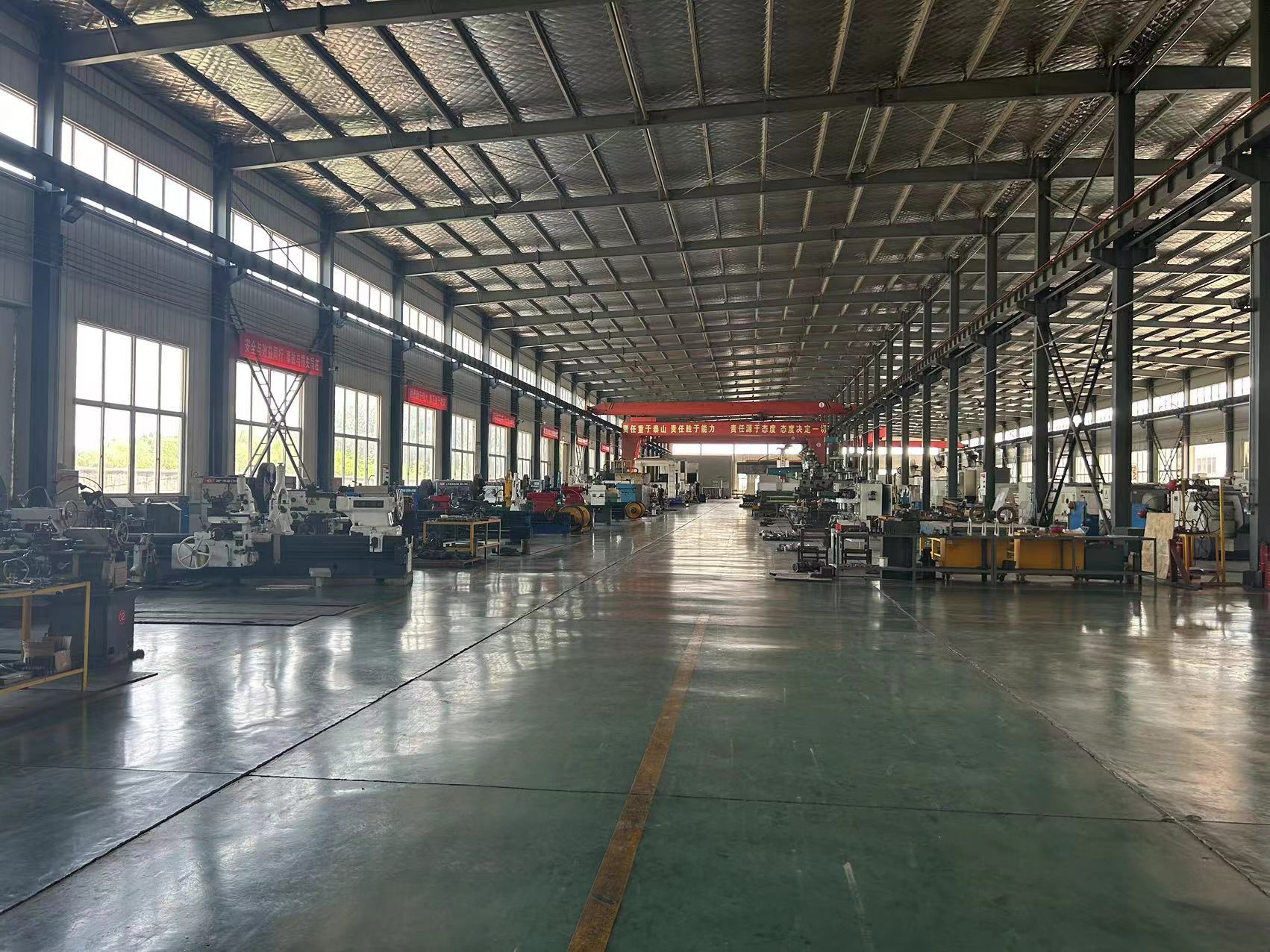The pouring temperature has a great influence on the quality of steel castings. When the pouring temperature is too high, the shrinkage of the molten steel increases, the gas content increases, and the thermal effect of the molten steel on the mold increases, making the steel castings prone to defects such as shrinkage cavity, air hole, deformation, crack and sand sticking. When the pouring temperature is too low, the fluidity of molten steel is poor, and it is easy to cause cold shut, pouring failure, slag inclusion, and other defects of steel castings.
The pouring temperature of steel castings is generally 40-80 ℃ higher than the melting point of their materials. For steel castings with high viscosity, low quality, thin walls, and complex structure, the pouring temperature should be higher; On the contrary, the pouring temperature decreases accordingly.




